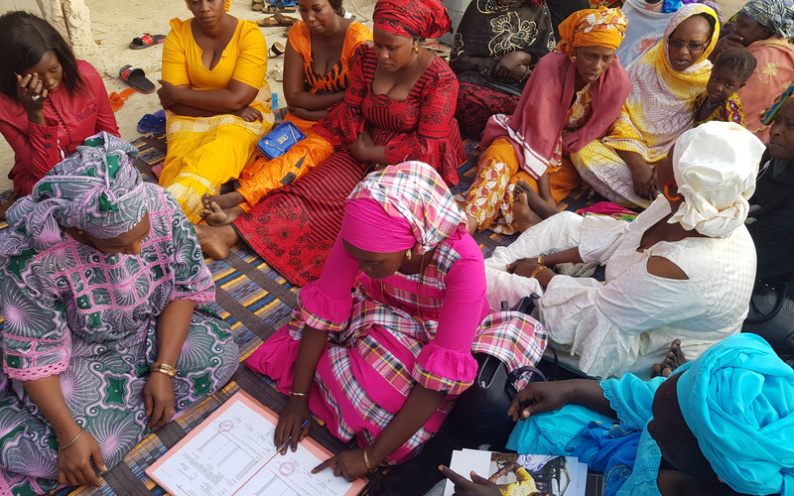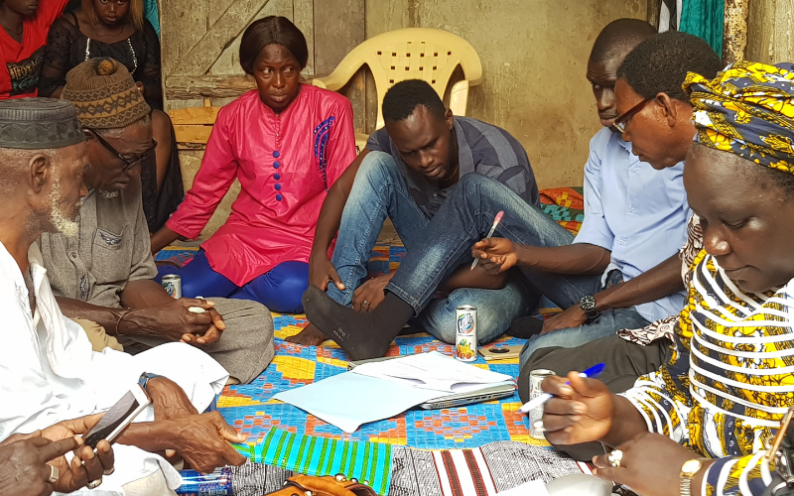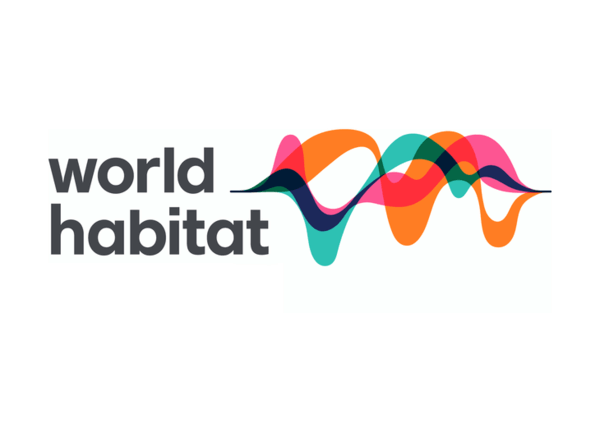City
Dakar
Main actors
Supranational / Intergovernmental Institutions, NGO / Philanthropy, Community / Citizen Group
Project area
Whole City/Administrative Region
Duration
Ongoing since 2014
The Housing and Living Environment Improvement Programme for Vulnerable People in Precarious Neighbourhoods is led by the community, organised into the Senegalese Federation of Inhabitants (a federation of women-led savings groups), It empowers residents to take control over flooding and infrastructure projects.
Since its formation in 2014, the Senegalese Federation of Inhabitants has grown quickly and now has 570 savings groups. Of the 15,000 members, 96% are women. They gather their savings collectively and can take loans from a revolving fund to carry out improvement work.
The work of the Federation is supported by urbaSEN, a local NGO, comprised of 22 professionals, including urban planners, engineers, architects, economists and social workers. The organisation supplies technical assistance to the Federation, supervises construction and trains residents to improve housing, wastewater management and stormwater infrastructure.
The programme has had a direct positive impact on more than 20,000 people, including the 15,000 members of the Federation, 8,000 people whose homes have been upgraded and 600 craftspeople who have been trained and/or involved in construction projects.
Originally published by World Habitat: Link
World Habitat Awards
This project was awarded the 'World Habitat Awards' in 2022 in the following category: Gold.
External links / documents
On Map
The Map will be displayed after accepting cookie policy



